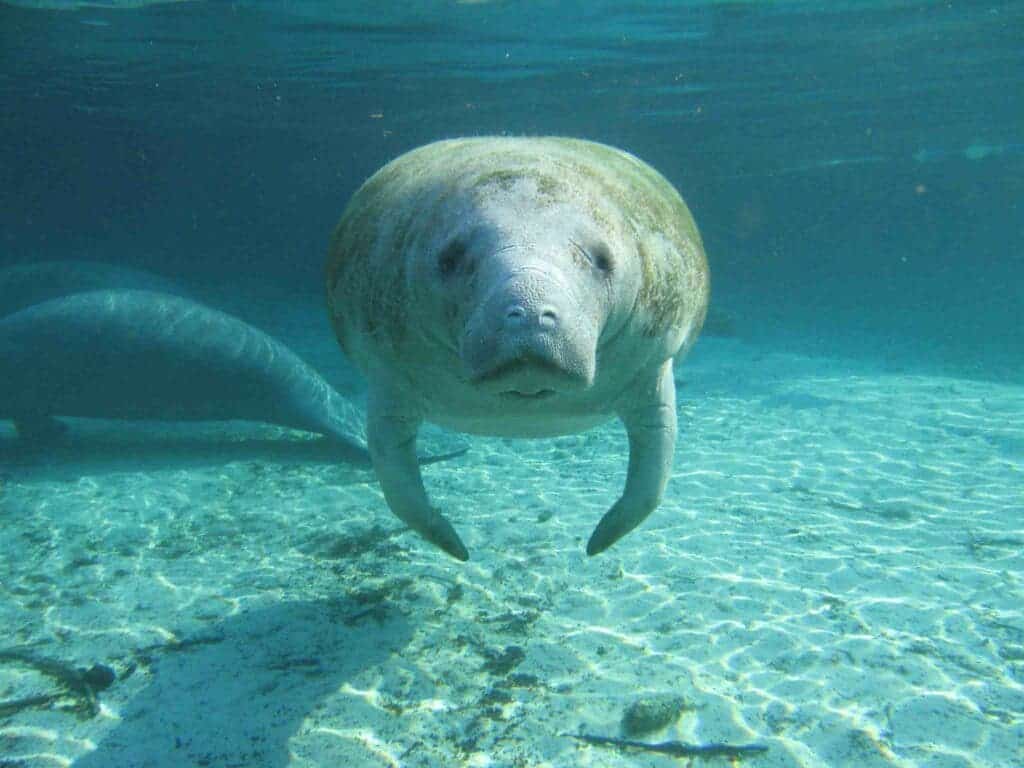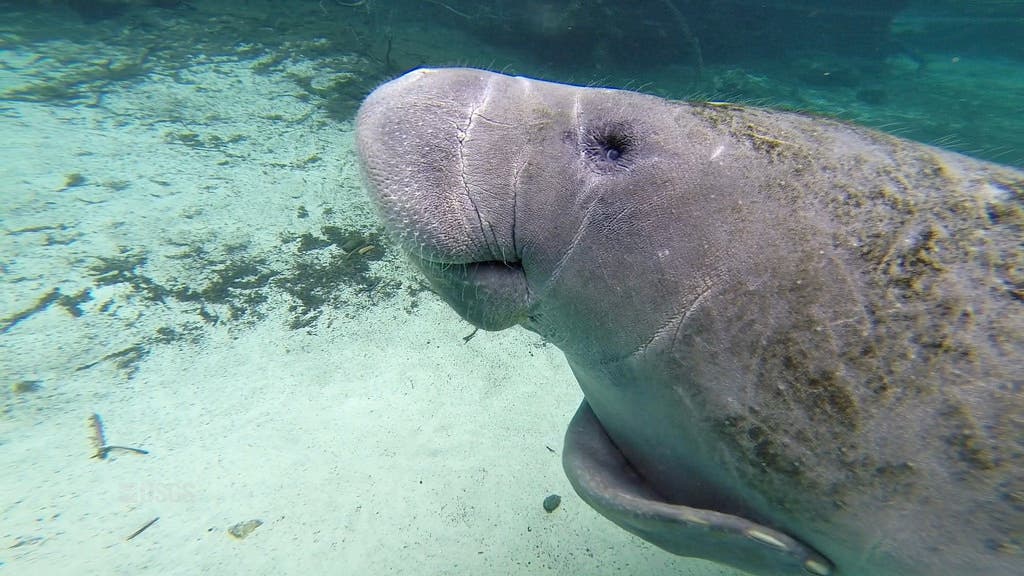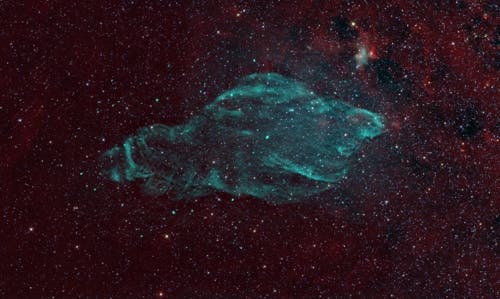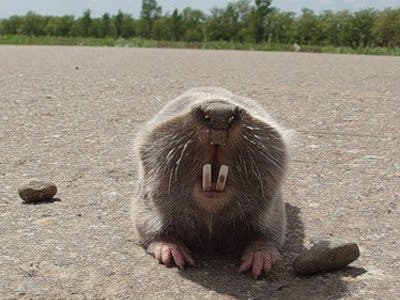Lettuce might not seem like much for the massive sea cows that can weigh up to 1,000 pounds. But in Florida, that’s exactly what they need. In several parts of the state, seagrass, their main food source, is disappearing. So as a last ditch effort, state officials have started feeding manatees with lettuce. And it seems to be working.

About 350 manatees are coming to eat the vegetables every day at a temporary field response station in Cape Canaveral as part of a program launched earlier this year by the Florida Fish and Wildlife Conservation Commission. The state officials distribute roughly 20,000 pounds of vegetation a week, mainly romaine and butter leaf lettuce.
“We’re making a difference. It gives us the greatest exposure to the greatest number of animals,” Ron Mezich of the Florida Commission said during an online news conference this week. “At this point in time, we have been successful. Manatees are eating the romaine. We are exposing a large number of animals to this food source.
Normally, wildlife experts ask people not to feed wild animals as they start to associate humans with food. In fact, it’s still a crime in Florida for a person to feed manatees on their own. However, this is an official program. While the pilot program takes place, officials are asking people not to feed manatees on their own and instead donate money and report any sick manatees.
The government is also working with several facilities to rehabilitate distressed manatees that are found alive. These include zoos, marine aquariums, and the SeaWorld theme park in Florida. Over 150 manatees were rescued last year, some requiring lengthy care and others that were returned to the wild in a short time.
The big challenges for manatees
Over 1,000 manatees died in Florida last year, according to the state’s Fish and Wildlife Conservation Commission. This is much more than the 637 deaths recorded last year and well above the previous record of 830 in 2013. The problem doesn’t seem to be going away, with authorities expecting another bad year with more deaths to come.
This program is a temporary solution, but the problems manatees face in Florida are long-term.
“The cold hard fact is: Florida is at a water quality and climate crossroads, and manatees are our canary in the coal mine,” said J.P. Brooker, Florida director for the Ocean Conservancy environmental group, in an opinion piece. They are dying off in record numbers because we humans have made Florida waters inhospitable to them.”
The slow-moving manatees have long struggled to coexist with humans. While some of the deaths and injuries are due to boat strikes that is not the main problem. Polluted water runoff from agriculture and sewage is causing algae blooms in estuaries, which affect the seagrass that the manatees rely on. Climate change is making it worse.
To make it even more tricky, manatees are slow to reproduce. One calf is born every two to five years after manatees reach sexual maturity at the age of five. The animals were listed as endangered in 1996 and their status later changed to threatened in 2017. There’s now a push to restore the endangered label to get more attention.
There are about 7,500 manatees in Florida, according to the commission, in some cases concentrated in areas that are a big tourist attraction. One hot spot is the Indian River Lagoon, home to hundreds of animals. But parts of the lagoon are now choked with pollution and algae, which means seagrass can’t grow and manatees can’t eat.





